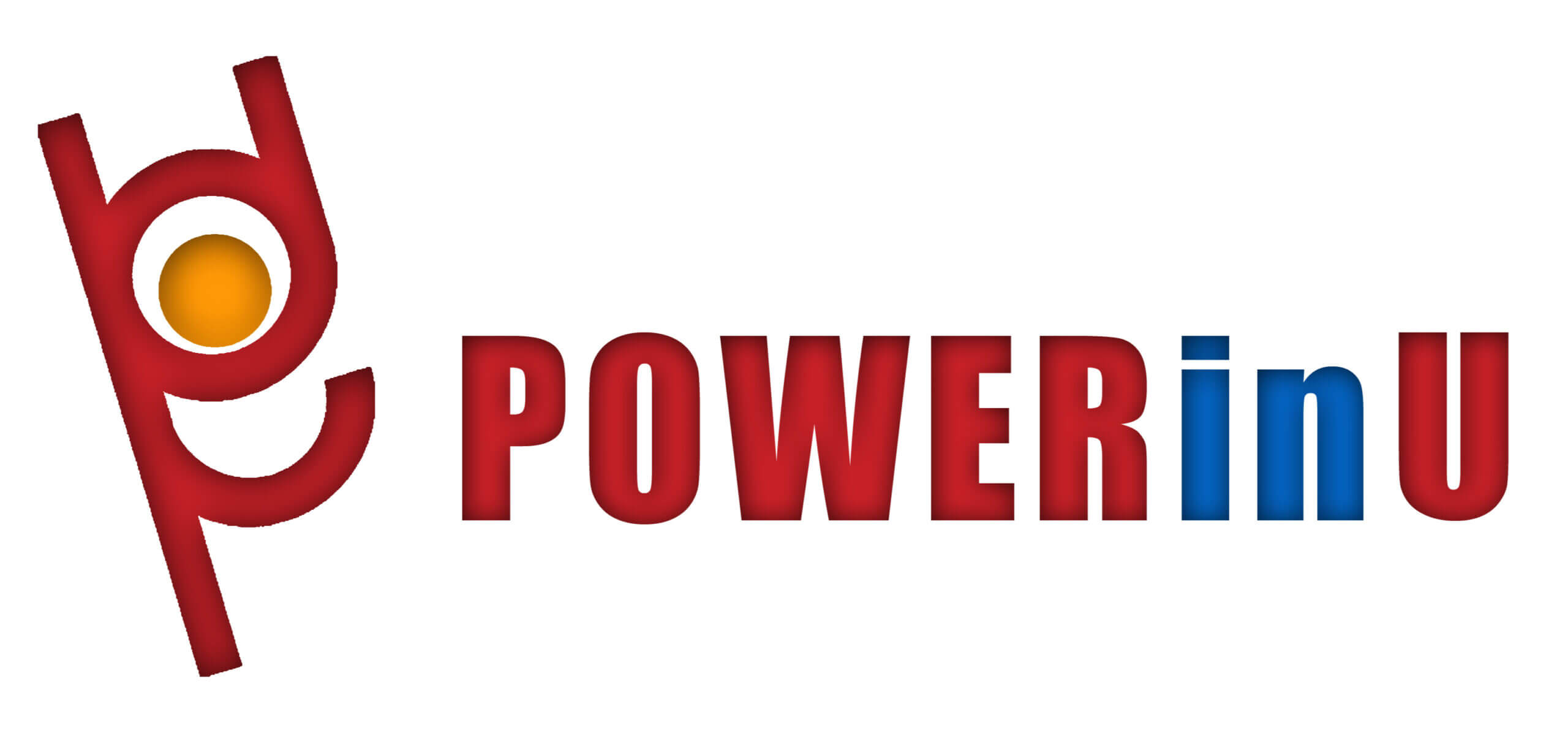3 FOCUS AREAS OF PERSONAL LEADERSHIP

Developing trust-based relationships through strong COMMUNICATION and STORYTELLING skills (Modules D & E – see details below)
EMPOWER Workshop Modules
Developing trust-based relationships through
strong COMMUNICATION and STORYTELLING Skills
-
Module D: Developing Trust-Based Relationships by Refining Your Communication Skills
- Objectives: To understand the communication process and every element of the process to know where your strengths and gaps are. To learn and practice communication skills that will enhance your key relationships.
- Exercises: Listening. Verbal and non-verbal language skills. Powerful questioning.
-
Module E: Strengthening Confidence by Empowering Your Communication and Storytelling Skills
- Objectives: To learn a simple storytelling structure & process for you to construct and tell your story to suit the objective of the session or situation. To learn physical and mental techniques and tips that will empower your communication speaking skills. To practise storytelling and presentation skills that will build your self-confidence.
- Exercises: Crafting your story. Improvisation. Presentation skills.
Here’s an excerpt from Coach Elaine’s article
“How to Strengthen Relationships by Refining Communication Skills“

While we all communicate everyday at work and home, not all of us are comfortable doing it, and not all of us get the results we desire. Communication is indeed important, as it is the basis of interpersonal interactions. Strong communication skills could result to strong and successful relationships; reversely, weak communication skills could result to disastrous and failed relationships.
In this article, I will share some tips to refine communication skills in the context of the workplace. When these communications skills are applied consistently, the impact to relationships at work is positive for sure. Positive relationships lead to a strong personal influence, a big network, and a successful career at the personal level. At an organizational or business level, positive relationships could lead to successful projects, higher sales and bigger business.
Tip #1: Understand the communication process, know where your gaps are and address them.
In every communication, there’s a source, a channel and a receiver. From the source, there is a process of encoding the message, which is decoded by the receiver. The receiver gives feedback to the source once decoded within the context or given situation. Successful communication happens when both the source and the receiver understand the same message. The illustration below shows the communication process.
If you are the source of the communication, it is important to plan your message. Oftentimes, we start communicating without taking a moment to plan what we want to say, why & for whom.
It is also important to choose the words and the body language that will allow the receiver to really understand your message. When choosing the channel of communication, consider the sensitivity of the topic, the emotional content, the ease of communicating the details, the receiver’s preference, the time constraint and the need for immediate answers to questions. Choose wise to avoid miscommunication!
Finally, if you are the receiver, listen. There are different levels of listening and you should strive to listen to the highest level – that will be the focus of the next tip. Listening sounds easy – but it is actually a skill that requires conscious, consistent practice to fully develop.
Tip #2: Improve your listening skills to the highest level of listening.

We are used to “active listening” – which is listening attentively, and demonstrating that by asking questions, focusing, avoiding personal opinion, and showing non-verbal responses such as by nodding or using facial expressions. However, if you can tap into the emotions and feeling, and you can show that you understand what the person is going through – without necessarily agreeing or experiencing the same emotions – then you are showing a capacity for empathetic listening. This is the highest level of listening – when you can say “I appreciate and understand how you feel.” When you say that with all sincerity, you are able to connect and raise your relationship to a higher level. As the poet Maya Angelou has said, “People will forget what you did, they will forget what you said, but they will never forget the way you made them feel”.
Tip 3#: Master the art and science of non-verbal language.
According to Professor Albert Mehrabian who has pioneered the understanding of communications since the 1960’s, we communicate through words, tone and body language. According to Mehrabian, spoken words only account for 7% of communication, while tone of voice accounts for 38%, and body language and facial expression account for 55%. This has become the famous “7%-38%-55% rule” or the 3Vs (verbal, vocal and visual) in communication.
If you are the source of the communication, ensure all three components – verbal, vocal and visual – are congruent. Otherwise, you might send confusing signals. If you are the receiver of the communication, learn to understand what is being said – and not being said (the non-verbal language). If unsure, you can validate and confirm by using your questioning skills.
Read the other articles of Coach Elaine…
Becoming Emotionally Intelligent
Maximizing Our Time and Energy
Check out our EMPOWER Framework page for more details about the process and steps.
To request for more information about the EMPOWER Program modules or for a trial coaching session, kindly connect with us. Thank you.
